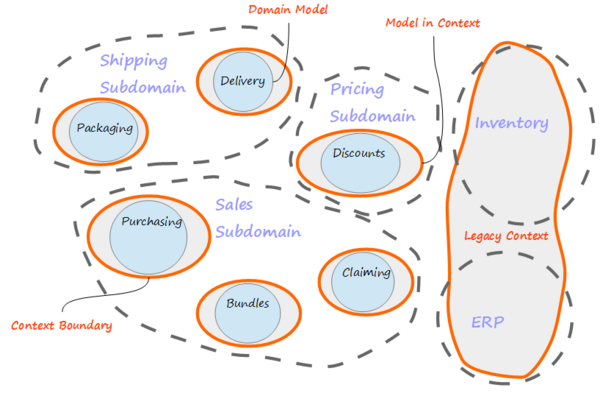Context Mapping
The priorities for context mapping are to sensitise the participants to a specific topic, the use of tools, such as interviews, collages etc, and the finding of novel approaches to solutions.
Organisation
-
DauerLong (more than 1 hour)
-
SchwierigkeitSimple
-
Gruppengrösse7 bis 100 Personen
Diese Methode kann online durchgeführt werden.
Genaue Beschreibung
The context mapping technique is predominantly used in the exploratory phase of the design process. The advantage of this method is that it provides valuable insights into the context and motivation of the people who will come into contact with the product or service at a later stage. It is not solely about functionality but also about how we can market the new product/service and integrate it into the consumer’s lifestyle so that they are excited about it. Regardless of the approach, it is about illustrating the underlying motives.
Illustration

Vorbereitung
Since this method is an open process, which results in you developing something in collaboration with others, you can vary your approach. The result depends on the preparation and the setting. You are an expert in innovation, design and communication. Other participants are experts in terms of their own experiences. The aim is to explore them and to develop empathy.
Sensitising the other participants is essential, in order to realise this. They need to become aware of their special expert role, and be conscious of what is essential to them in everyday life.
Durchführung
Use these tools to make your participants’ experiences visible. You can, for example, use cultural probes or interview and collage techniques. Discuss the results and immediately enquire about the context, if something is not understood.
Document and analyse all the insights you have gathered. Share the results with your team. Primarily, it is not about describing a specific state or opinion, but rather about using the process to generate valuable problem-solving hints. Specific inputs are often decisively relevant.
Materialliste
- Paper, big, flipchart
Referenzen
Author: Thomas Duschlbauer; Title: Der Querdenker: Das Toolkit mit 30 ausgewählten Methoden (German); ISBN: 9783907100639 (The Lateral Thinker: The toolkit with 30 hand-picked methods)
Picture source: blog.codecentric.de/2015/07/microservices-strategie-vor-taktik/ (20.03.2019)
Zurück zur Listenansicht


